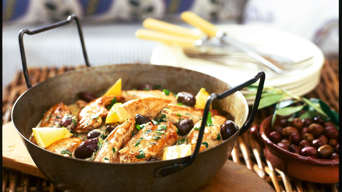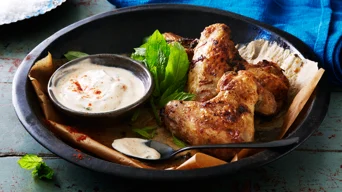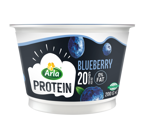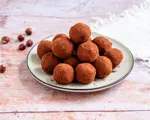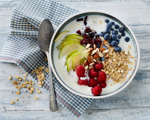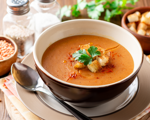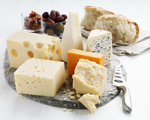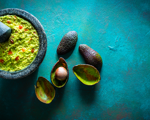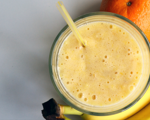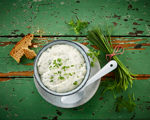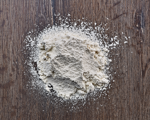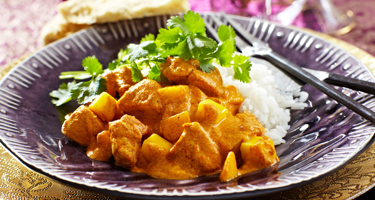
Protein contributes to the maintenance and growth of muscles as well as the maintenance of bones. In this article, we focus on the protein content in the different parts of a chicken – you see, the protein is not distributed evenly throughout a whole chicken.
Chicken is a staple in various forms in many kitchens. It is commonly used in sandwiches and bagels as well as in dinner recipes where either a whole chicken or selected parts are prepared and served with, for example, vegetables or a salad.
Below we go through the protein content of chicken breasts, chicken thighs, chicken wings, and chicken liver.
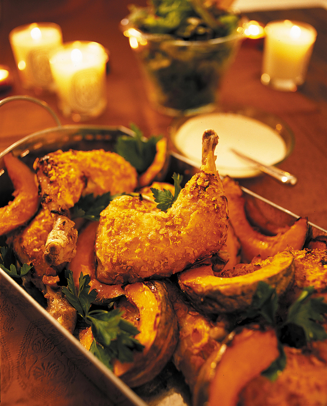
How much protein is in a chicken breast?
Chicken breast with skin contains about 21.5 grams of protein per 100 grams. The protein accounts for 58.6 % of the total energy value. Is chicken breast high in protein compared to the rest of the bird? Indeed, they top the list, providing the highest content among the common cuts.
Chicken breasts are categorised as white meat. The term 'white meat' refers to the lighter colour when cooked, contrasting with the darker legs (thighs and drumsticks). They are incredibly versatile in cooking, allowing for grilling, baking, stir-frying, and even poaching. Their mild flavour serves as a canvas, pairing well with a wide range of seasonings and sauces.
How much protein is in a chicken thigh?
Chicken thighs hold about 18.7 grams of protein per 100 grams, contributing about 49 % of the total energy value.
Thighs are part of the bird's leg, located above the knee joint, classified as dark meat, unlike the breast. The term 'dark meat' stems from the richer, darker colour compared to the 'white meat' of the breast. Dark meat is often described as juicier and more flavourful than white meat due to its higher fat content. Thighs are versatile, suitable for slow-cooking methods that draw out their flavour, as well as grilling or roasting.
How much protein is in chicken wings?
The protein content in chicken wings is about 19.2 grams per 100 grams, equalling 41.8 % of the total energy value.
Wings are often served as appetisers, barbecued, baked, or fried and coated in a variety of tasty sauces. Their distinctive, often crispy texture and the fun of eating them right off the bone make wings a popular choice in many cuisines.
How much protein is in chicken liver?
Chicken liver contains about 19.1 grams of protein per 100 grams. The protein content constitutes 66.7 % of the total energy value.
Chicken livers are often used in pâtés and spreads, sautéed with onions, or chopped up in dishes like dirty rice. It is distinct from muscle cuts like breasts, thighs, and wings because it is an organ. Despite its strong, distinctive flavour, which may not be to everyone's liking, this part of the bird can be a delicious addition to a balanced diet.
Perhaps you also want to read about protein in avocado or protein in egg. You can also check our article on high-protein meats and fish.
Questions about protein in chicken
Chicken is a popular ingredient and is considered a staple throughout most of the world. To gain an overview of what there is to know about protein in chicken, look at the answers to some of the most frequently asked questions about it below.
Which part of chicken has the most protein?
Among various cuts, the breast stands out as the most protein-rich part if you look at the content per 100 grams. Wings and liver follow with almost the same amount of protein per 100 grams, and thighs closely after them. However, if you focus on the percentage of the total energy value, the liver ranges highest followed by chest, thighs, and wings.
You can read about the exact values in the paragraphs above where we go through each cut and their protein content.
Is chicken a good source of protein?
Yes, chicken can be a good source of protein and make part of a balanced diet.
Does chicken lose protein when cooked?
No, cooking does not reduce the protein content of chicken significantly. The heat from cooking denatures the proteins' structures, but the overall protein content remains largely the same.
Related Articles
Looking to learn about protein content in different foods? Explore our comprehensive guides:

